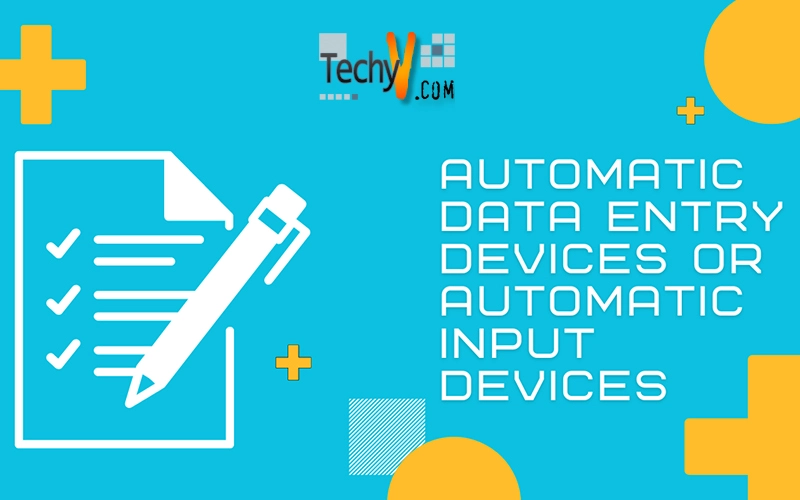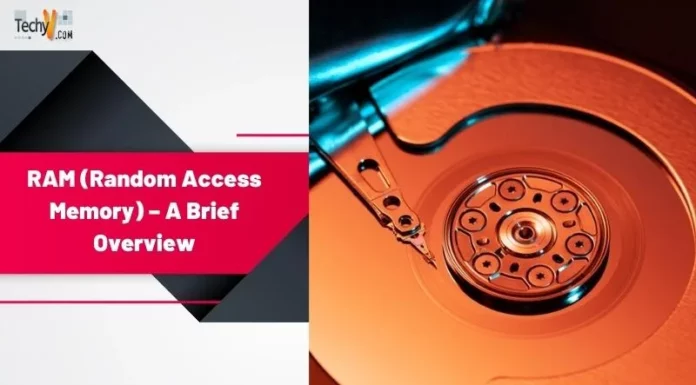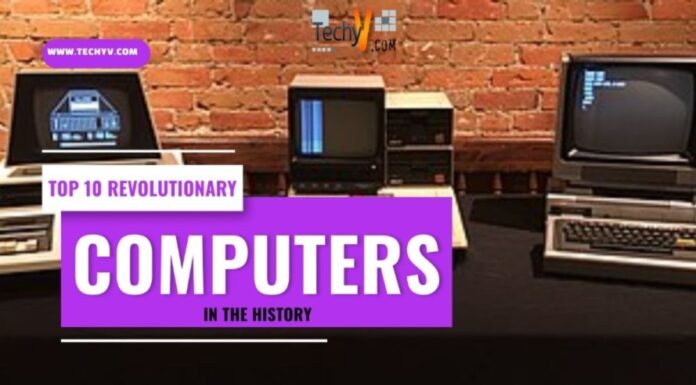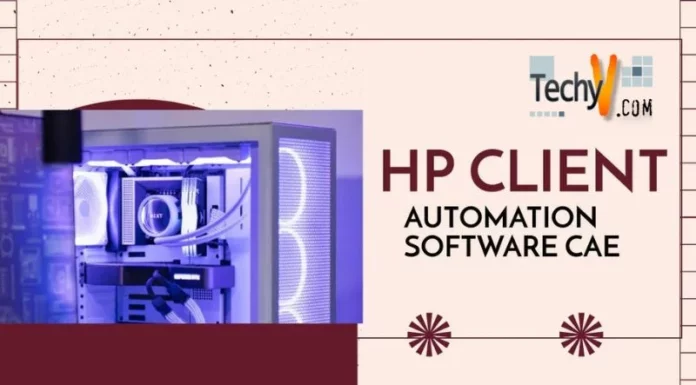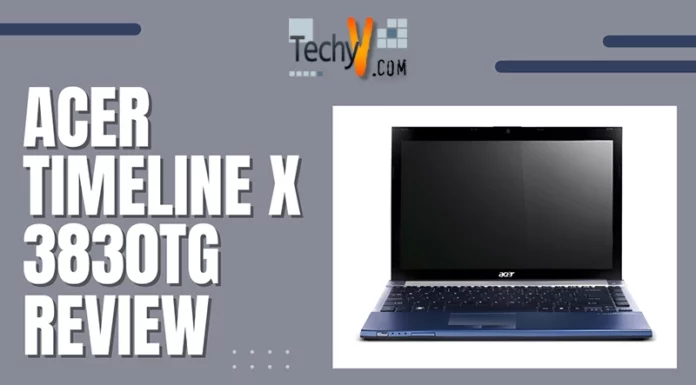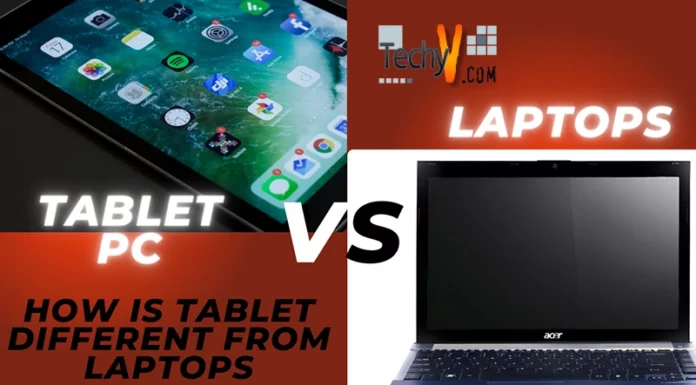AUTOMATIC DATA ENTRY DEVICES OR AUTOMATIC INPUT DEVICES
Examples of such devices are:
- Magnetic Ink Character Recognition
- Magnetic Strips
- Smart Cards
- Scanners
- Computer Scanners
- Optical Recognition
- Point-Of-Sale Terminal
- Financial Transaction Terminal
- Machine Vision System
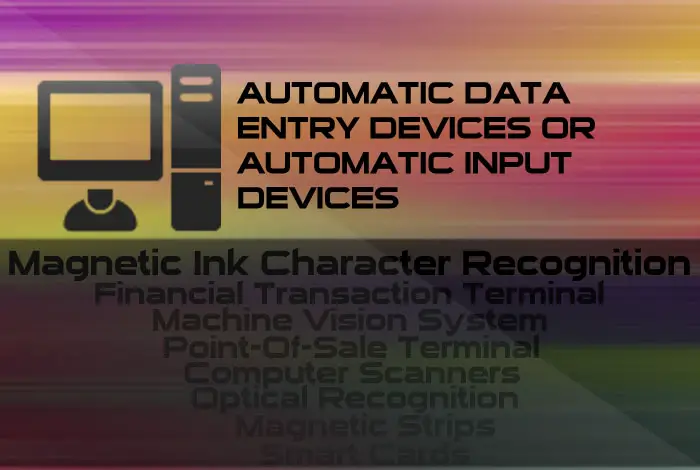
1. Magnetic Ink Character Recognition (MICR)
MICR is mostly used in banking industry. Its specialty is that it can read and recognize a total of 14 characters, out of which 14 are digits, and 4 are special characters.
All these 14 characters are written by using a special magnetic ink and the power of magnetic ink reduces over a period of time. The human eye can also read these characters. We can use the magnetic ink on documents, mainly, on cheques, and also on credit card slips. Notwithstanding how much a user writes on the documents or cheques, MICR reader has the ability to read the magnetic characters. But, if you fold or tear the document many times, it can cause problems to the MICR reader.
All the data cannot be written on the cheque with magnetic ink. Only the following details can be written:
1. Customer account number
2. Cheque number
3. Bank identification number.
After the bank receives a cheque, there is a machine which we call as proof-inscriber that is used to write down the amount of the cheque with the magnetic ink. There is one more function of the machine; it splits the cheques in different batches and then sums up the total of the batch.
There is an input hopper in which the cheque is placed. It is known as the MICR reader-sorter. While performing its function, the first step is that it will magnetize the magnetic ink characters and while passing through a reading head senses the signals which are produced by the characters. After all the above data is captured electronically, then all the cheques are sorted out by the reader-sorter. The speed of reading of the reader-sorter is up to 2500-2800 cheques per minute and the rate of transfer of data is more than 3000 characters per second.
2. Magnetic Strips
Magnetic strips are getting increasingly popular nowadays due to its benefits. Mostly, they are used in credit cards, debit cards, and those cards which are to be used for identification of persons who has the authority to access high security areas.
On the back side of all these cards, magnetically a group of data is encoded. The capacity to encode the data on this strip is only 340 bytes depending on the type of application. The issuer only encodes account numbers and identification codes on it. It becomes more confidential because a human eye cannot recognize what is encoded merely by looking at it.
3. Smart Cards
Today the latest technology is the use of SIM (Subscriber Identity Module) which are adjusted on the cards. All the basic identification data is stored on the SIM. This SIM also stores all the information relevant to the transactions that occurred.
When the card is placed in the reader, the reader can read and write data on it. They are similar to Mobile SIMs and have storage capacity up to 64K.
4. Scanners
They are very common and important today due to security reasons. The main importance of the scanner is that it has the ability to read any item which passes through it.
We mainly see them at different places which are more susceptible to risk and where we want to check people.
5. Computer Scanner
It is a light-sensitive device that has the capability to translate text on the paper, magnetic characters, bar codes, and all other images which are placed on its screen, into digital form so that a computer can read it. There are two types of scanners; one is the colored scanner and the other is a black and white scanner and both of these types are available in two sizes which are handy and flatbed.
6. Optical Recognition
It is a type of scanner, different from the MICR, which has the capability of scanning a printed area and then translates it into a form which is readable by the computer. Unlike MICR, it is not necessary that the printed area must contain a magnetic material.
Three types of optical recognition systems which are the following:
a. Optical Mark Recognition
b. Optical Bar Recognition
c. Optical Character Recognition
Optical Mark Recognition
It is a type of Optical Recognition which has the capability to sense the mark of a pen or pencil. Its function is to scan, sense, and translate the location of the marks, and not the composition of the marks.
Optical Bar Recognition
It is a more stylish form of Optical Recognition. It contains a part called a reader, which first scans, and after recognizing, it interprets the bar codes. They are normally used in shopping marts. In shopping marts, bar codes are printed on different products, the shopkeeper uses a bar code reader to capture the product description and then an entry in the computer will be adjusted regarding the product sold.
Optical Character Recognition
It is the most sophisticated form of OR. Its job is different from other types of Optical Recognition. Its reader can read the uppercase and lowercase letters in a variety of different fonts.
7. Point-of-Sale Terminal
It is a method in which all the data regarding a transaction is captured at the time of the transactions. Bar codes and MICR price tags which contain the information about the product’s cost and description is captured and then a receipt is printed with all the details and then handed over to the consumer. They are also used in credit cards in changing the account information of the credit card holder while he makes transaction using the card.



